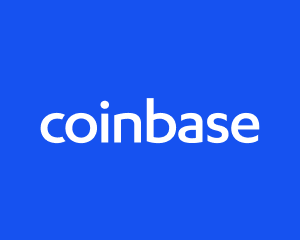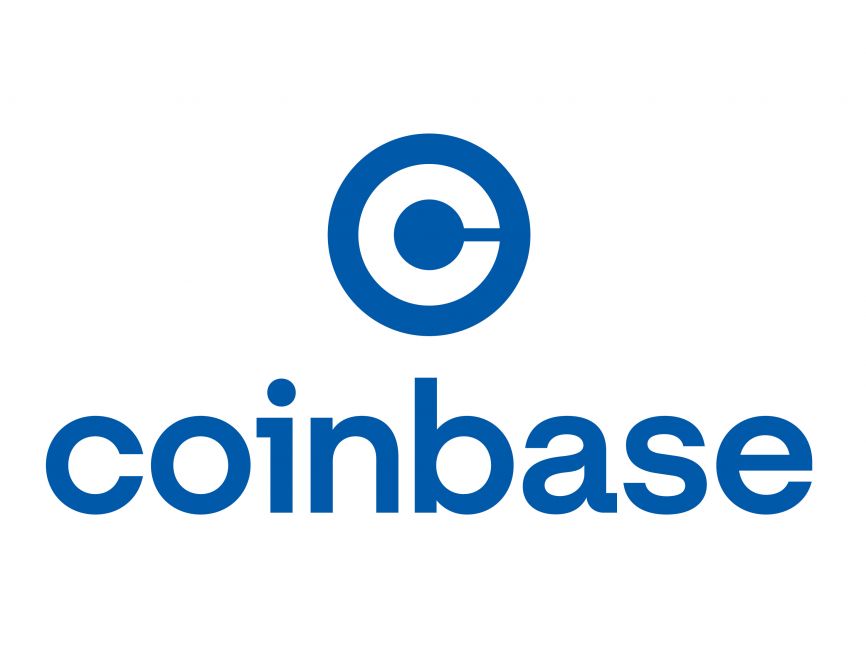Business
Coinbase suspends trading for MOVE token
-

 Business1 week ago
Business1 week agoEthereum bounces back as market dominance recovers from all-time low
-

 Business1 week ago
Business1 week agoBinance tightens South African compliance rules for crypto transfers
-

 Business1 week ago
Business1 week agoXRP Ledger Foundation spots ‘crypto stealing backdoor’ in code library
-

 Business1 week ago
Business1 week agoSEC says it won’t re-file fraud case against Hex’s Richard Heart
-

 Business5 days ago
Business5 days agoEthereum community members propose new fee structure for the app layer
-

 Business3 days ago
Business3 days agoIndian high court orders steps to block Proton Mail
-

 Business5 days ago
Business5 days agoCoinbase presses to axe rule banning SEC staff from holding crypto
-

 Business3 days ago
Business3 days agoBitget, Avalanche form crypto partnership in India
























